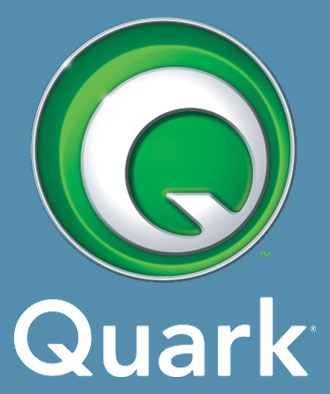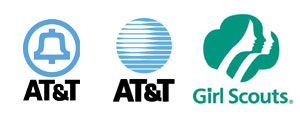Reading the story, I couldn't help but think of the old joke where someone asked the dog that, now he'd caught the car, what he'd do with it now. Banal observation, I know, but consider: the City of Damascus, all 7-or-8-odd square miles and 15,000 (more or less) people of her, came into existence because of, essentially, fear and loathing of Metro brought on by the Urban Growth Boundary expansion. They wanted local control.
Before the incorporation, the questions of growth could, I suppose, have been framed as how to balance respect for personal property rights whilst preserving Oregon's biggest selling point–our quality of life (from where I'm sitting, it sure isn't economics). Different people might see it different ways, of course; that's not my point.
Now, Damascus, in search of more local control, draws a legal line around itself only to find that the decisions that might have been made on NE Grand Avenue now get made somewhere along SE Highway 212, and they're the same ones, only now it's up to them. The plan for the area was forged by a whole group of people over the past couple of years, and they still can't please everybody. Everyone agrees that we shouldn't screw up our countryside, but it tends to be real hard to find people who are willing to pay the price when the stuff hits the other thing. Now that there is a plan, they're all howling for running city government out on a rail already.
Although I'm not trying to cop a superior attitude here, I must admit to being amused, being a resident of a city who is cursed by everyone else in the state who doesn't live in it for "trying to annex the state" (whatever that's supposed to mean). Hammering out a new identity isn't for the squeamish.
One thing's for certain: Damascus stands to give us a good idea of 21st Century growth and planning and what directions and forms it could take, more than any other area mostly because they are forging an identity as a city. All us amateur (and professional) students of urban growth are going to be keeping a watchful eye on little 'ol Damascus.
I started off on this missive noting the map in the O. I was reminded of a post I made what seems ages ago about the new city limits of Damascus back in November of 2004. Having turned up the PDF of the Damascus city application and doing a little elementary editing, I came up with the likely limits of the new city. After seeing the plan boundaries I though I was pretty close, so, with the help of the O, I went to the homepage of the Damascus/Boring Concept Plan, and downloaded the map that had the current boundaries of Damascus (and a portion of Happy Valley)(Follow this link if you want to just grab the file). Here's what I found:

I'm quite satisfied to see that my estimation of Damascus's city limits was largely on target. There's a chunk of the southeast corner of the city that didn't go in, but other than that, pretty much dead on. Yay, me!
One thing I do find remarkable is the piecemeal annexations by Happy Valley up and down SE 172nd Avenue. I recall reading in the O sometime back that Damascus and Happy Valley were going to the mat over that area, and Happy Valley's strategy here is pretty clear: send out a shoot and pick off this lot and that lot along that shoot–much like some say Beaverton's trying to corral in Cedar Hills by throwing a stem out around it and then assimilating the resulting island. Happy Valley really wants that area along 172nd,it's pretty clear.













